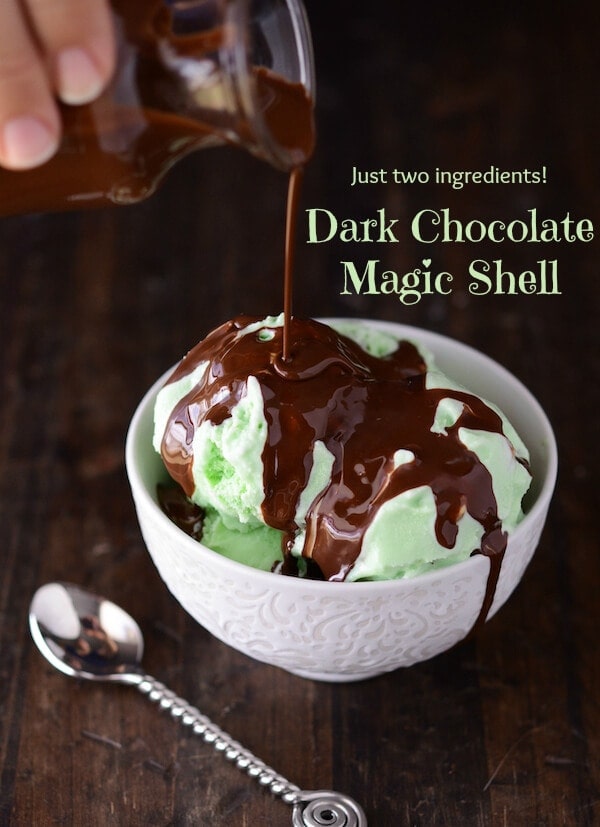“Vanilla
continues to be America’s flavor of choice in ice cream,” according to the
International Dairy Foods Association.
Vanilla outsells every other flavor.
This includes supermarket sales, restaurants and ice cream parlors. Ice cream
sales, in fact, have gone up. Still, despite the entry of artisanal creameries
into the fray, vanilla is still king.
Of course,
the reason is quite simple: vanilla is the most flexible flavor. It mixes well with a variety of toppings, drinks and
bakery desserts.
Last year,
Food Business News found vanilla to be the most popular flavor. Favorite
toppings included nuts, fruit, hot fudge and sprinkles.
According to
GrubHub, the Top Ten Toppings include whipped cream, hot fudge, brownies, chocolate
syrup, cherries, caramel, strawberries, walnuts, Oreo cookies, and bananas.
An informal survey
among my friends and some acquaintances yielded slightly different results. Nobody I
know even slightly mentioned whipped cream – which smacks me as redundant.
I heard plain, crushed nuts; Gummy Bears; the Aussies turned my attention to
Milo. Some folks like crumbled cookies and cake over their ice cream. A couple
of precious folks prefer more ice cream over their ice cream.
Fruits were
mentioned: blueberries, raspberries, strawberries, kiwis, bananas, apples (with
cinnamon sugar). Chocolate syrups and fudge sauces were spoken of fondly.
Someone mentioned Nutella and the nutty butters came into the conversation
(almond, macadamia, peanut).
Heath bars
and Mars bars got a special mention, both chopped and melted over ice cream, as
well as caramels and toffee. I felt my body gain 20 pounds just following the
discussion thread!
And then
someone mentioned Kahlua and Amaretto and there was swooning. To be fair, during
the summer Mom makes a sugar and rum sauce for strawberries that is fantastic.
Why the
obsession? We just discovered Magic Shell, product of Smucker’s (which
apparently does a lot more than just jams and jellies).
A syrup that quickly hardens into a crisp shell when poured onto a cold surface; it comes in several flavors, including caramel, chocolate and fudge.
According to Wikipedia, the “shell”
effect is due to the presence of coconut and sunflower oils – both contain high
amounts of saturated fat – and sugar, and this produces a solid when it comes
in contact with the ice cream; and then, that rich chocolaty shell just melts
on your tongue and it is the best kind of magic.
For those of you who thumb your nose at science: this is delicious
alchemy to bring serious pleasure to your palate! Better living through
chemistry, indeed.
We loved the
product, but have since learned that you can make your own rather easily—which is
always preferable to processed foods, and this will not significantly task you.
Photo Source: The Novice Chef
Homemade Magic Shell Family Serving
Recipe
adapted from http://thefrugalgirls.com/2013/09/homemade-magic-shell-recipe.html
2/3 cup Toll House semi-sweet
chocolate
chips
1/4 cup coconut oil
microwave
safe bowl or measuring cup
1.
Place chocolate chips and coconut oil in
microwave safe bowl or dish, and microwave for 30 seconds.
2.
Stir
and return to continue microwaving in 15-second intervals, stirring well each
time, until mixture is completely melted.
3.
Carefully
pour over your ice cream, and let it solidify.
Keep in covered jar or
bottle, unrefrigerated.
Homemade Magic Shell For One
Recipe
adapted from http://lesleyeats.com/2012/05/30/homemade-magic-shell/
Recipe
adapted from http://lesleyeats.com/2012/05/30/homemade-magic-shell/
For a single serving: Toss a handful of Ghirardelli chocolate chips (60% cacao) in a small glass bowl with 1/2 tablespoon of coconut oil, and a sprinkle of sea salt. Microwave, stir, and pour over ice cream.
I defy you to try this and not feel the enchantment of childhood at the
tip of your tongue. Eternal lazy summer afternoons live in this!








